Can a Labrador Eat Lettuce?
Date Published: February 16, 2024 | Last Modified: February 17, 2024
Before we delve into the details, let's establish one thing: Labradors absolutely can enjoy munching on lettuce! This leafy green vegetable can actually offer some surprising health benefits to our furry friends. In this article, we will explore the advantages of labradors incorporating lettuce into their diet, as well as the potential drawbacks. We will address any safety concerns or lack thereof when it comes to feeding lettuce to Labradors, and clarify whether it is toxic to them or not. Stay tuned to find out if this crunchy snack is actually good for your beloved Labrador!

Are Lettuces Good for Labradors?
When it comes to Labradors, incorporating lettuce into their diet can actually be quite beneficial. Lettuce is a low-calorie vegetable that is high in fiber, which can help with their digestion and bowel movements. Additionally, lettuce contains essential vitamins and minerals such as vitamin A, vitamin K, and folate, which are important for maintaining your Labrador's overall health and wellbeing.
However, it is crucial to feed lettuce to your Labrador in moderation. While lettuce is safe for them to eat, too much can potentially lead to gastrointestinal upset or diarrhea. It's best to introduce lettuce slowly into their diet and monitor how they react to it. Remember to always wash the lettuce thoroughly to remove any pesticides or harmful bacteria before offering it to your furry friend.
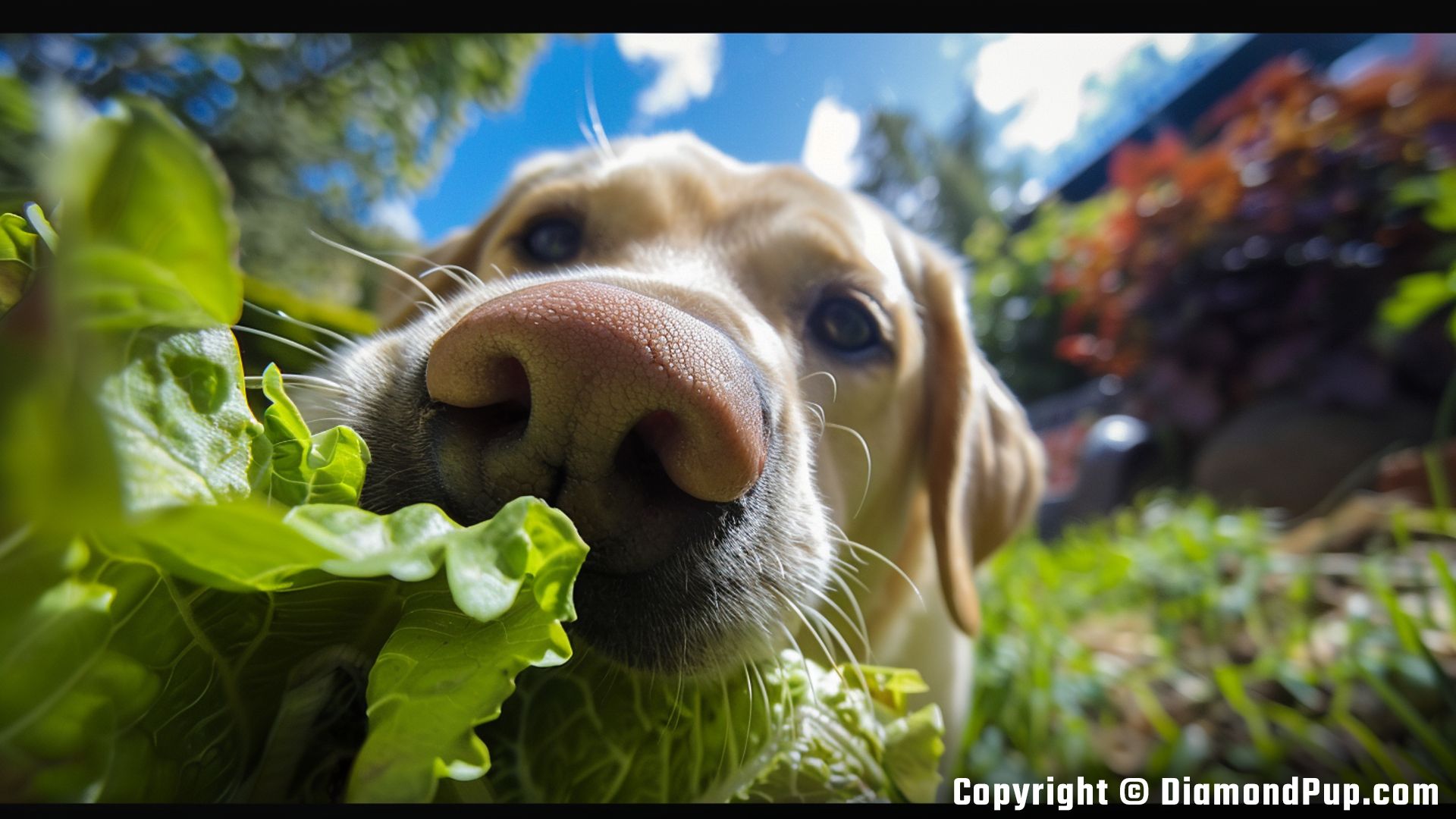
Understanding the Benefits of Lettuces for Labradors
Lettuce can actually be a wonderful addition to your Labrador's diet, providing them with a variety of health benefits. This leafy green vegetable is low in calories and high in fiber, making it a great option for dogs needing to manage their weight. The high fiber content in lettuce can also support healthy digestion in Labradors, helping to prevent constipation and promote regular bowel movements.
Additionally, lettuce is a good source of vitamins A and K, both of which play crucial roles in your dog's overall health. Vitamin A is essential for your Labrador's vision, immune system, and skin health, while vitamin K is important for blood clotting and bone health. By incorporating lettuce into your Lab's diet, you can help support their immune system, promote healthy vision, and keep their bones strong and healthy.

Nutritional benefits of Lettuces for Labradors
When it comes to Labradors, incorporating lettuce into their diet can provide a range of valuable nutritional benefits. Lettuce is low in calories, making it an excellent option for overweight or obese Labradors. It is also high in fiber, which can aid in digestion and promote a feeling of fullness, potentially helping to prevent overeating. Additionally, lettuce is a good source of vitamins A and K, as well as folate, all of which play essential roles in maintaining overall health and well-being in Labradors.
Furthermore, lettuce is rich in antioxidants, which can help support the immune system and reduce inflammation in Labradors. However, it is important to note that lettuce should only be given to Labradors in moderation and as a supplement to their regular balanced diet. Too much lettuce can lead to digestive upset due to its high fiber content. Always consult with your veterinarian before making any significant changes to your Labrador's diet.
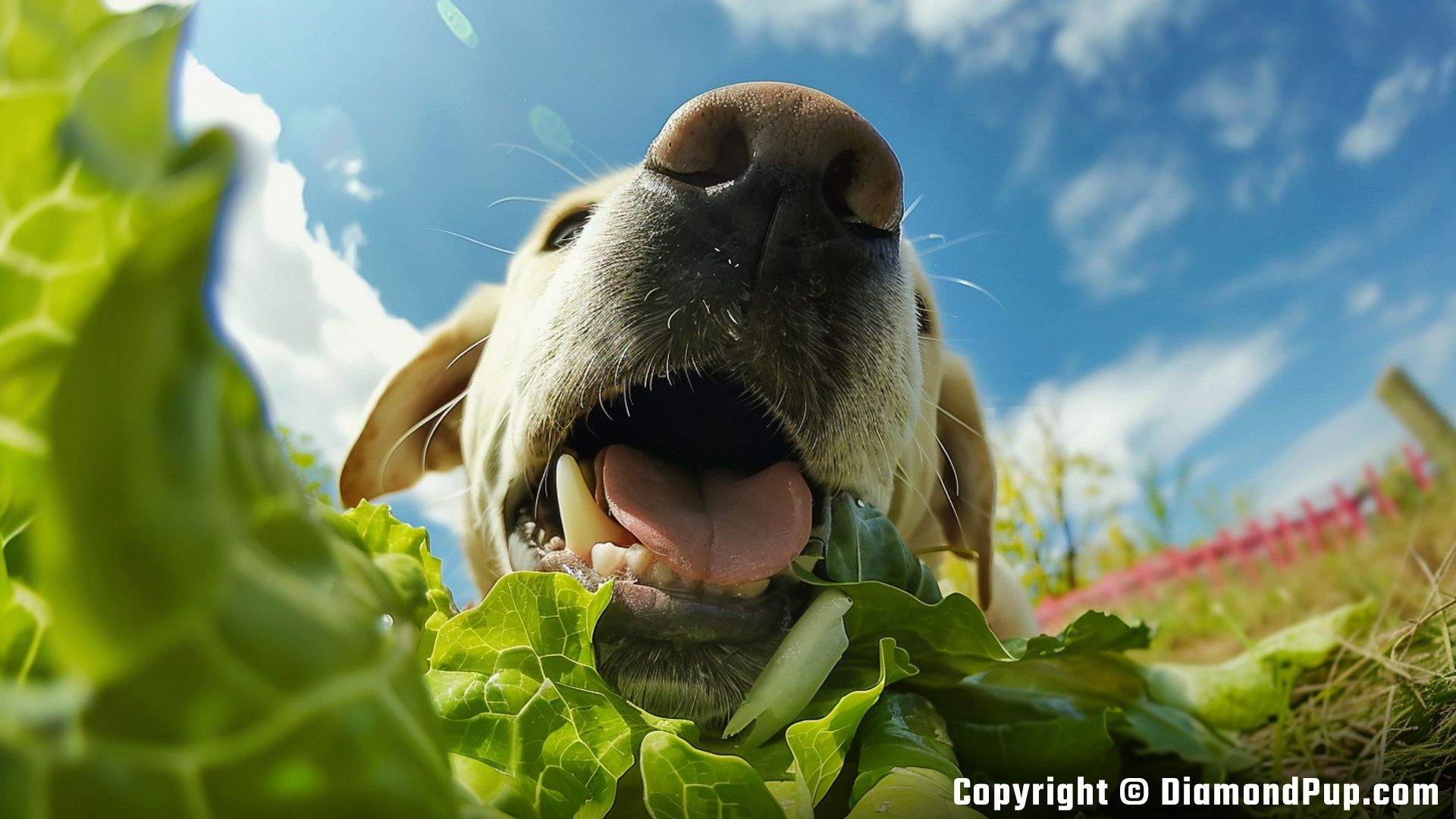
Safely Introducing Lettuces to Your Dog's Diet
When introducing lettuce into your Labrador's diet, it is essential to start gradually. Begin by offering small pieces of lettuce alongside their regular meals to see how they react to it. Monitor their digestive system for any signs of upset stomach, such as diarrhea or vomiting. It is also important to wash the lettuce thoroughly to remove any pesticides or harmful bacteria that could be present on the leaves.
Furthermore, always opt for fresh, crisp lettuce and avoid feeding your Labrador any wilted or spoiled leaves. Romaine lettuce is a great choice for Labradors due to its high fiber content and low calories. This type of lettuce can aid in digestion and weight management, making it a healthy addition to your dog's diet when given in moderation.
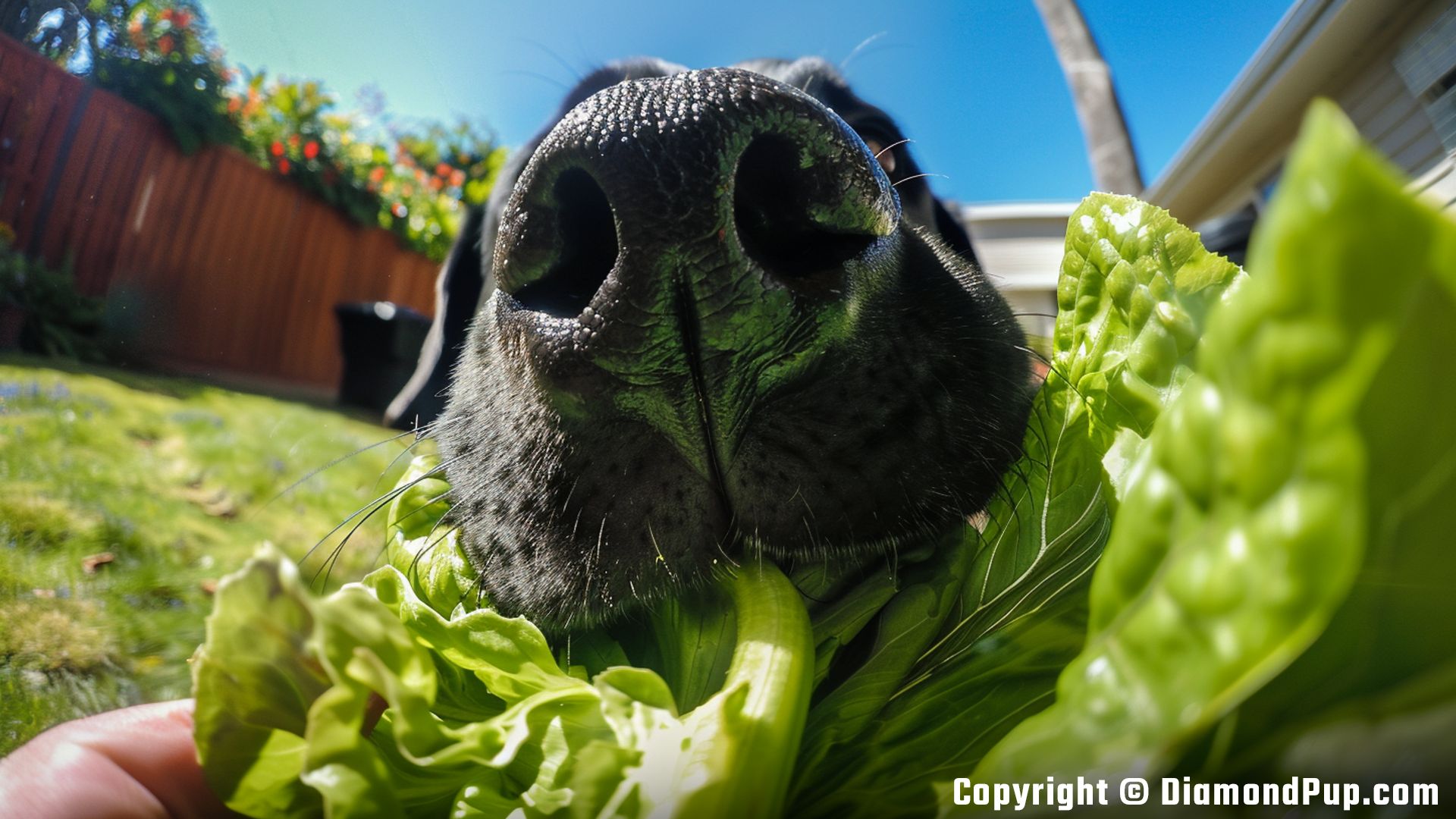
How much lettuce can a dog eat safely?
When it comes to feeding your Labrador lettuce, it's important to do so in moderation. While lettuce can be a healthy and low-calorie treat for your furry friend, it should not make up a significant portion of their diet. Incorporating small amounts of lettuce into their meals as an occasional snack or added fiber can be beneficial for their digestion and overall health. Aim to provide no more than a few small pieces or leaves of lettuce per day to prevent any potential digestive upset or nutrient imbalances.
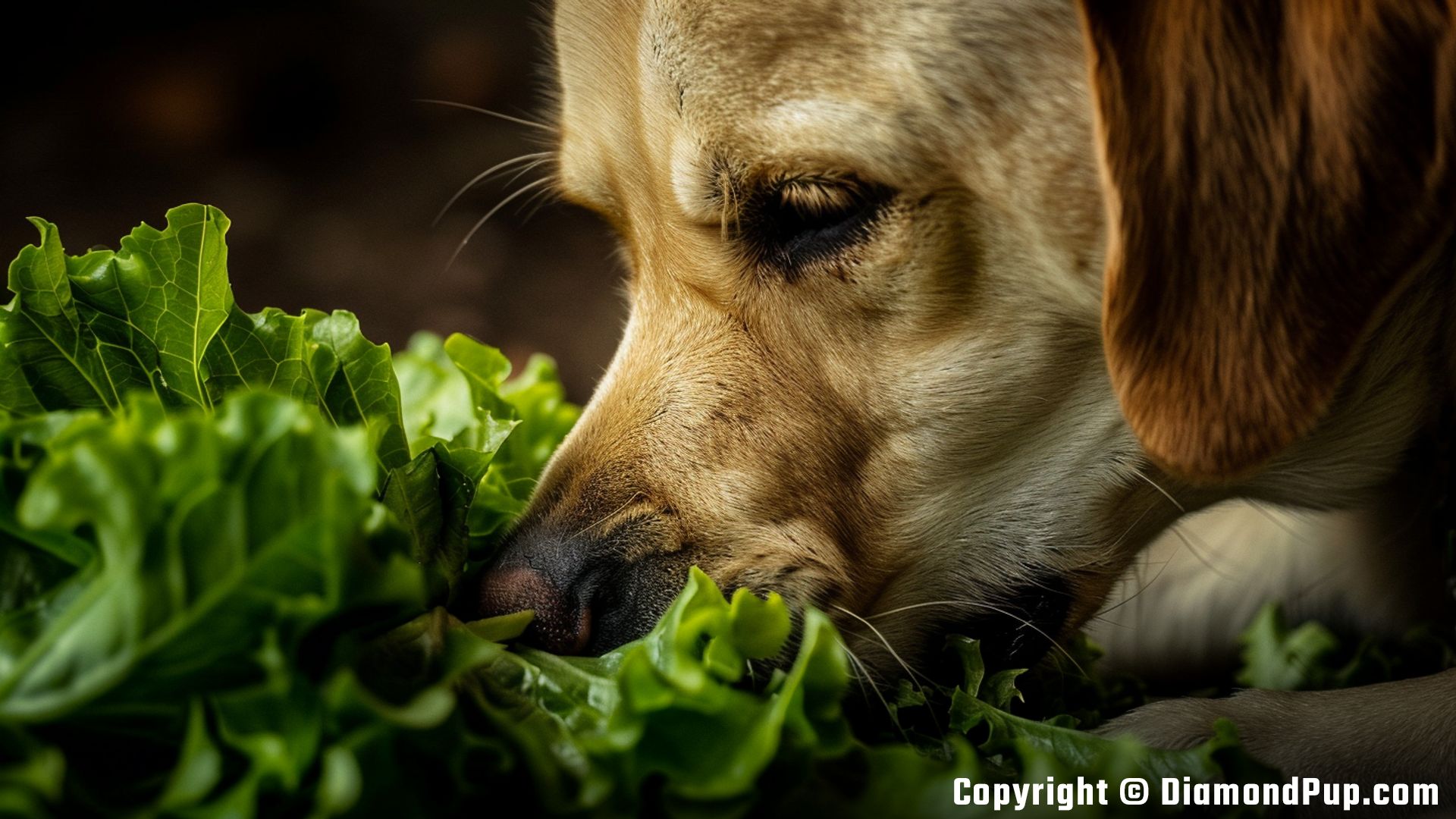
Tips to Remember When Feeding Your Dog Lettuces
When feeding your Labrador lettuce, it is important to remember a few key tips to ensure their safety and wellbeing. Firstly, always wash the lettuce thoroughly to remove any pesticides or harmful bacteria that may be present on the leaves. Additionally, be sure to chop the lettuce into small, bite-sized pieces to prevent choking or digestive issues. Feeding lettuce to beagles: yes or no? Lastly, start by introducing lettuce gradually into your dog's diet to monitor for any signs of stomach upset or allergies. By following these simple tips, you can safely incorporate lettuce as an occasional treat for your Labrador.
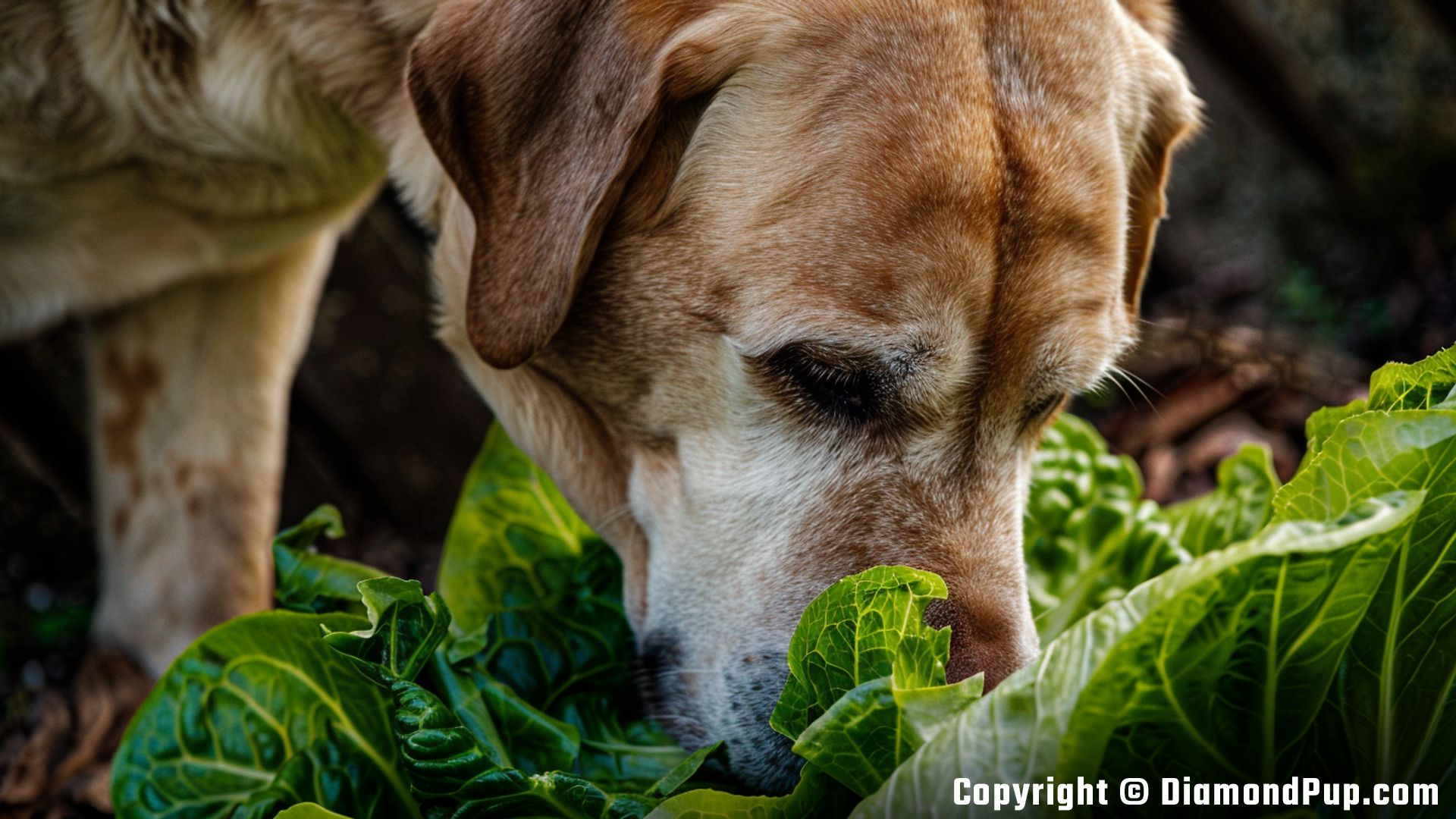
Feeding Your Dog Lettuces
When it comes to feeding your Labrador lettuce, it's important to choose the right type of lettuce. Opt for dark, leafy greens like romaine or kale, as they are packed with essential nutrients such as vitamins A, C, and K. Avoid iceberg lettuce, as it has very little nutritional value for your dog. Wash the lettuce thoroughly to remove any pesticides or dirt before serving it to your furry friend.
It's best to offer the lettuce to your Labrador in small, bite-sized pieces to prevent choking hazards. Incorporating lettuce into your dog's diet in moderation can provide a healthy alternative to traditional treats, while also promoting hydration and aiding in digestion. Remember, every dog is different, so be sure to monitor your Labrador's reaction to lettuce and consult with your veterinarian if you have any concerns.
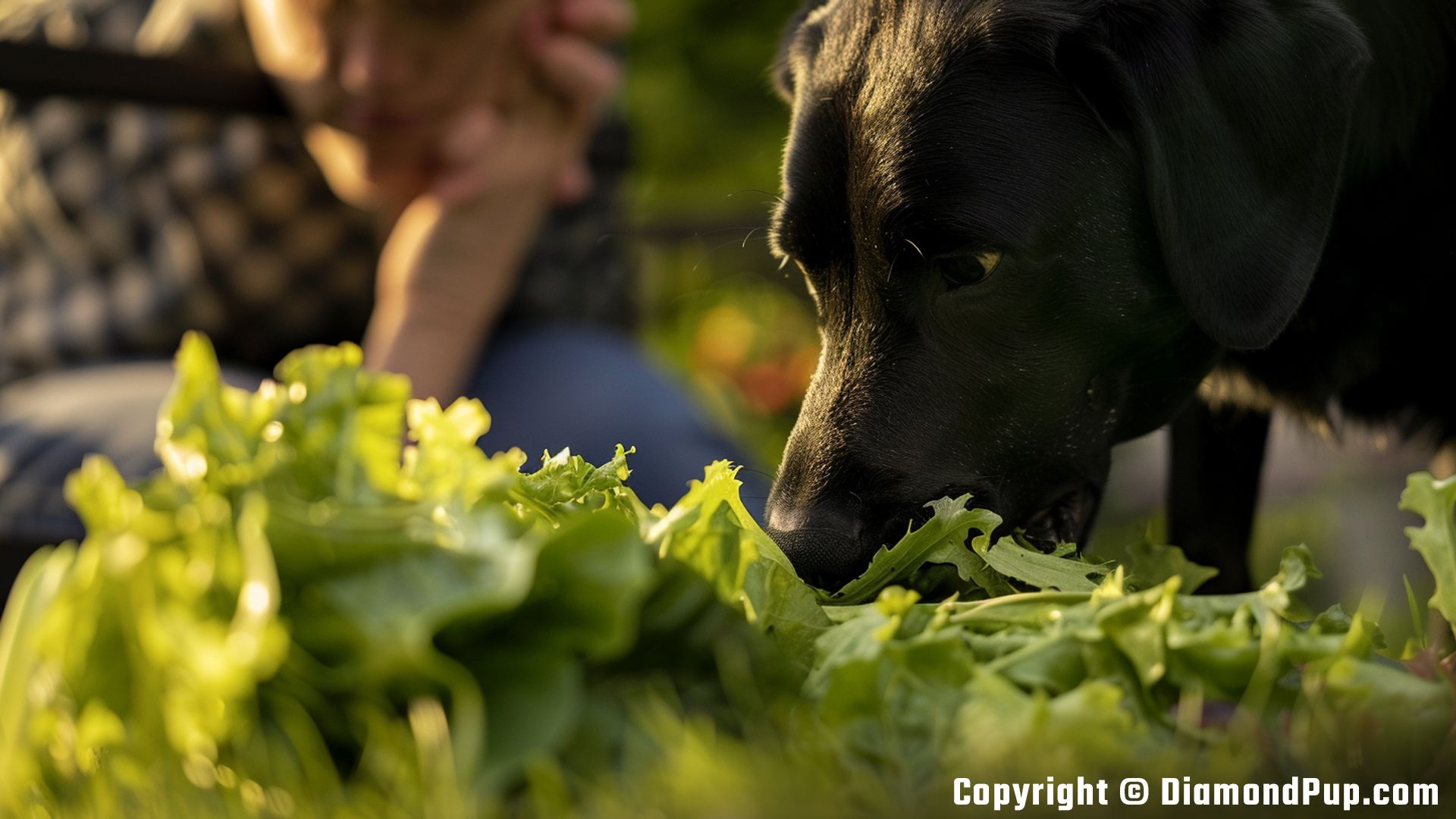
How to properly feed your dog lettuces
When feeding your Labrador lettuce, it is important to wash the leaves thoroughly to remove any pesticides or dirt that may be present. It is also crucial to chop or tear the lettuce into smaller, bite-sized pieces to prevent choking hazards, especially for larger leafy greens like romaine or kale. Additionally, it is advisable to introduce lettuce gradually into your dog's diet to monitor for any signs of gastrointestinal upset or allergies.
While lettuce can be a nutritious and low-calorie treat for Labradors, it should not replace a balanced diet formulated specifically for their breed. Always consult with your veterinarian or a veterinary nutritionist before making any significant changes to your dog's diet, especially if they have any underlying health conditions or dietary restrictions.
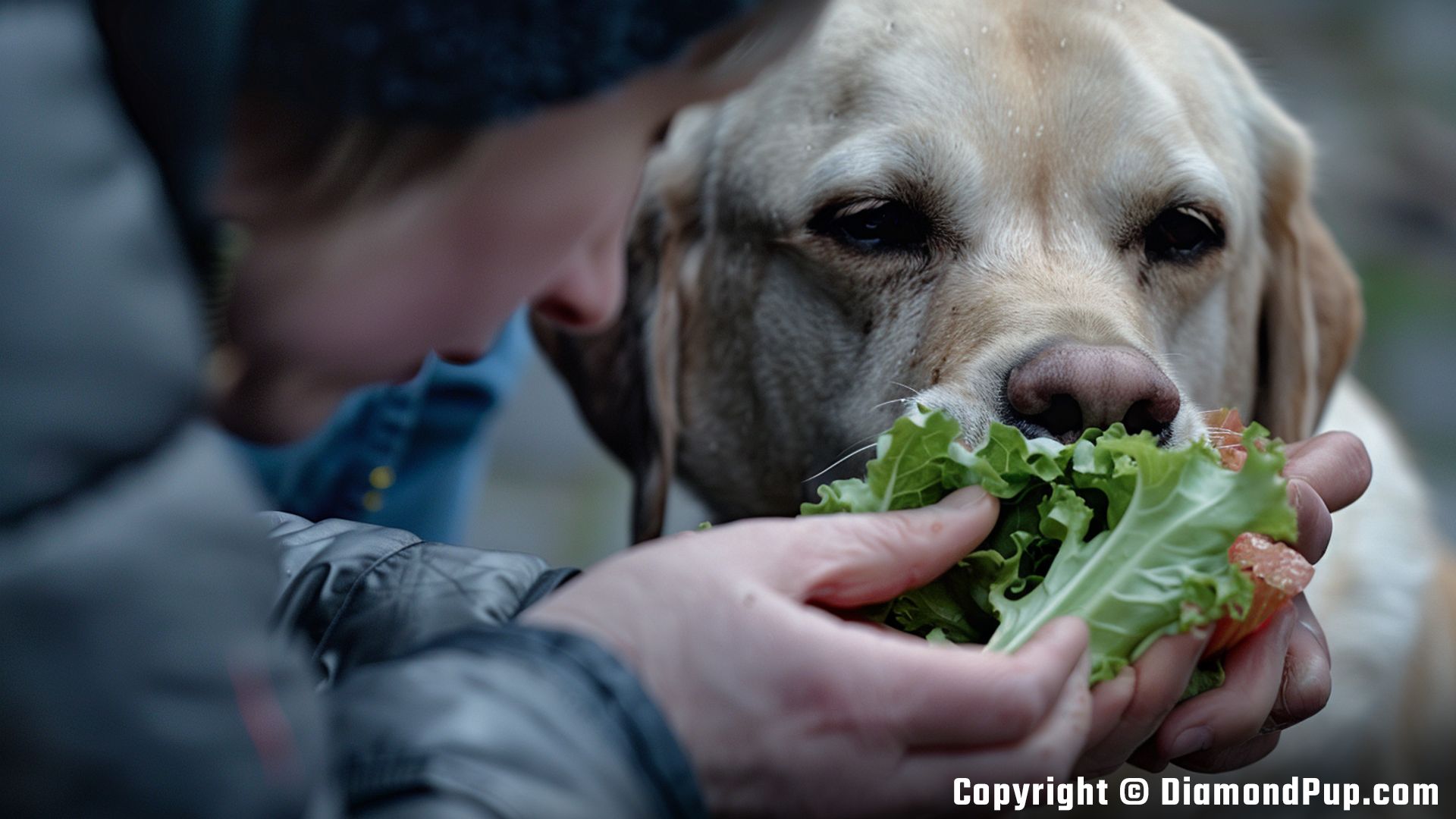
Do Labradors Like Lettuces?
Labradors have a reputation for being food enthusiasts, and lettuce is no exception! Given their voracious appetite, many Labradors tend to enjoy the crisp texture and mild taste of lettuce leaves. This leafy green vegetable can provide a satisfying crunch and a refreshing change from their regular diet. Some Labradors may even find lettuce to be a delightful treat, especially when offered as a snack during training sessions or as part of their meal.

Special Consideration for Labradors
Labradors are known for their hearty appetites and tendency to gain weight if not fed a balanced diet. When it comes to feeding your Labrador lettuce, it's important to consider the overall nutritional content and calories in their diet. While lettuce can be a healthy addition to your dog's meals due to its high water content and fiber, it should always be given in moderation. Too much lettuce can lead to gastrointestinal upset and potentially interfere with the absorption of essential nutrients in their regular diet.
Additionally, Labradors are prone to certain health conditions such as hip dysplasia and obesity. It's crucial to monitor their calorie intake and ensure that any additional foods like lettuce complement their existing diet. Choosing a nutrient-dense dog food tailored to Labradors can help maintain their optimal weight and overall health, while occasional lettuce treats can provide a refreshing snack rich in vitamins and minerals.
Can Puppies Have Lettuces?
When it comes to feeding lettuce to Labrador puppies, it's important to exercise caution due to their delicate digestive systems. While lettuce can provide some vitamins and minerals beneficial to their growth, it's essential to introduce it slowly and in small amounts. Monitor your puppy for any signs of gastrointestinal upset, such as diarrhea or vomiting, when incorporating this leafy green into their diet.
Consult with your veterinarian before making any significant changes to your puppy's diet, including adding new foods like lettuce. They can provide guidance on the appropriate amount and frequency of lettuce consumption based on your puppy's individual nutritional needs. Remember, a balanced and species-appropriate diet should always be the top priority for your growing Labrador puppy.
Are there any Labradors that shouldn't eat lettuces?
While lettuce can be a healthy and low-calorie snack for many Labradors, there are some considerations for certain individuals within this breed. Labradors that have a history of gastrointestinal issues, such as chronic diarrhea or sensitive stomachs, may not tolerate lettuce well. The high fiber content in lettuce can sometimes worsen digestive problems in these dogs, leading to discomfort and potential issues like bloating or gas.
Additionally, Labradors that are prone to bladder stones should avoid certain types of lettuce, such as romaine, due to their high oxalate content. Oxalates can contribute to the formation of these stones, so it's best to consult with your veterinarian before introducing lettuce into the diet of a Labrador with this health concern.
Recipes for Feeding Your Dog Lettuces
When choosing lettuce to feed your Labrador, it is essential to opt for varieties that are safe and beneficial for them. Romaine lettuce is an excellent choice due to its high fiber content, which can promote good digestion in your furry friend. Additionally, romaine lettuce is rich in vitamins A, C, and K, providing essential nutrients for your Labrador's overall health and wellbeing.
Avoid feeding your Labrador iceberg lettuce, as it has a lower nutritional value compared to other lettuce varieties and may not offer as many health benefits. Always wash the lettuce thoroughly to remove any pesticides or dirt before feeding it to your dog. Remember to offer lettuce to your Labrador in moderation and as a supplement to their balanced diet to ensure they receive all the necessary nutrients for optimal health.
Alternatives to Lettuces for Labradors
While lettuce can be a great addition to your Labrador's diet, there are also other healthy alternatives you can consider. One excellent choice is spinach, which is rich in vitamins A, C, and K, as well as iron and calcium. Another option is broccoli, providing fiber, antioxidants, and vitamin C. Sweet potatoes are also a fantastic alternative, offering beta-carotene, fiber, and vitamins B6 and C. These alternatives can add variety to your Labrador's diet while still providing essential nutrients for their overall health and well-being. People also ask about the health benefits of lettuce for poodles.
Common Questions About Labradors and Lettuces
One common question that many Labrador owners have is how to prepare lettuce for their furry companions. When it comes to feeding lettuce to your Labrador, it is essential to wash the leaves thoroughly to remove any pesticides or dirt that may be present. It's also important to chop or tear the lettuce into smaller, manageable pieces to prevent choking or digestive issues.
Another frequently asked question is about the specific type of lettuce that is safe for Labradors to consume. Romaine lettuce is generally recommended for dogs, including Labradors, due to its high fiber content and low level of oxalic acid, which can be harmful to pets when consumed in large amounts. Avoid giving your Labrador iceberg lettuce, as it has a higher water content and lower nutritional value compared to romaine lettuce.
Subscribe Now
Stay updated with the latest news and articles! We'll keep you updated on the latest tips for your pet Labrador
